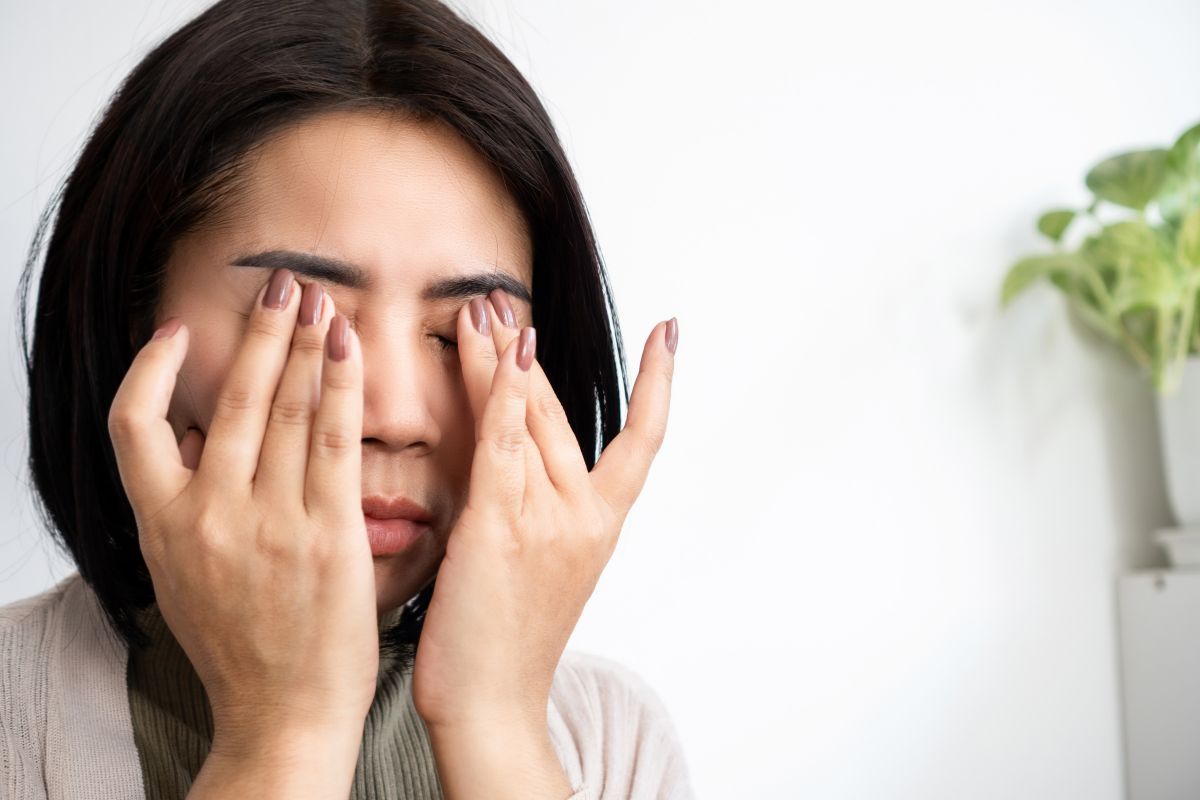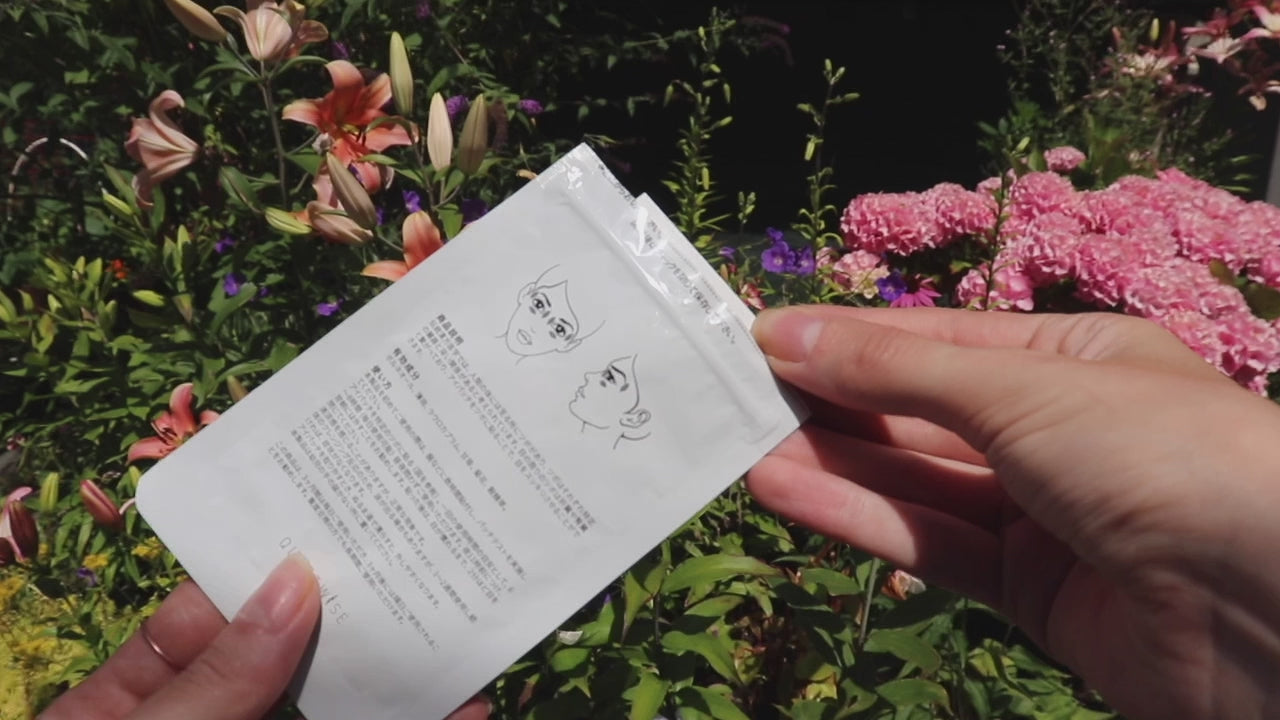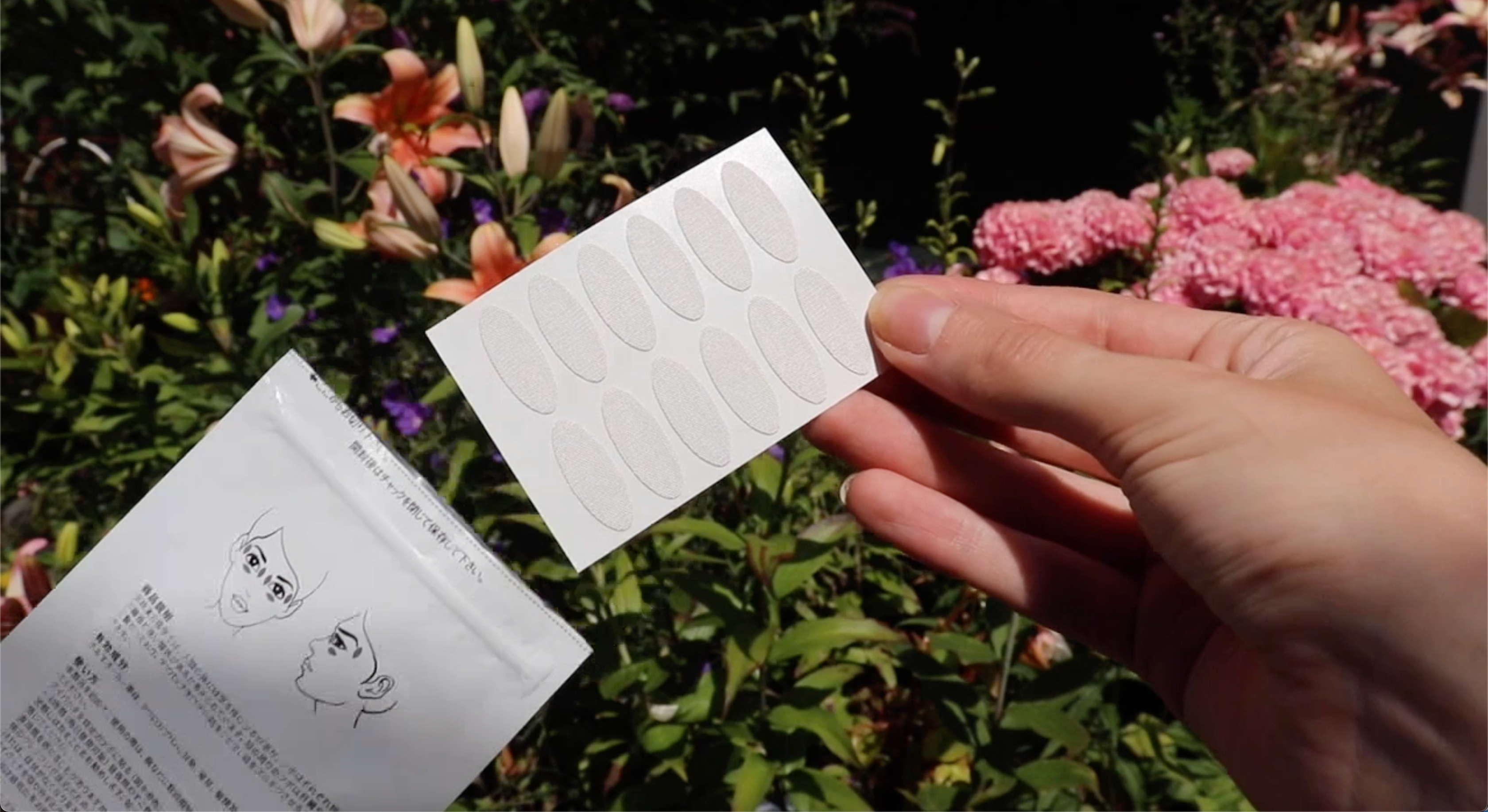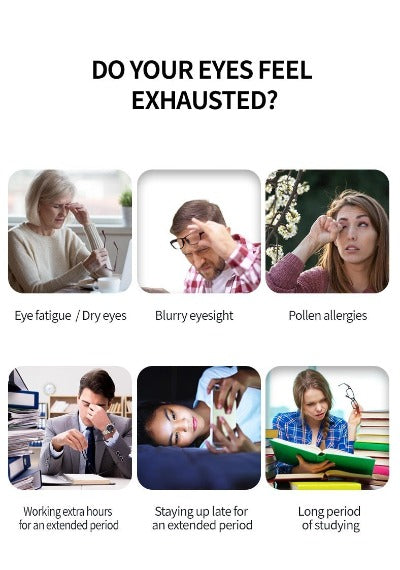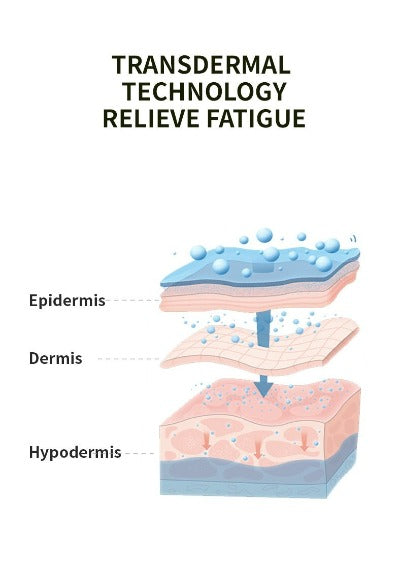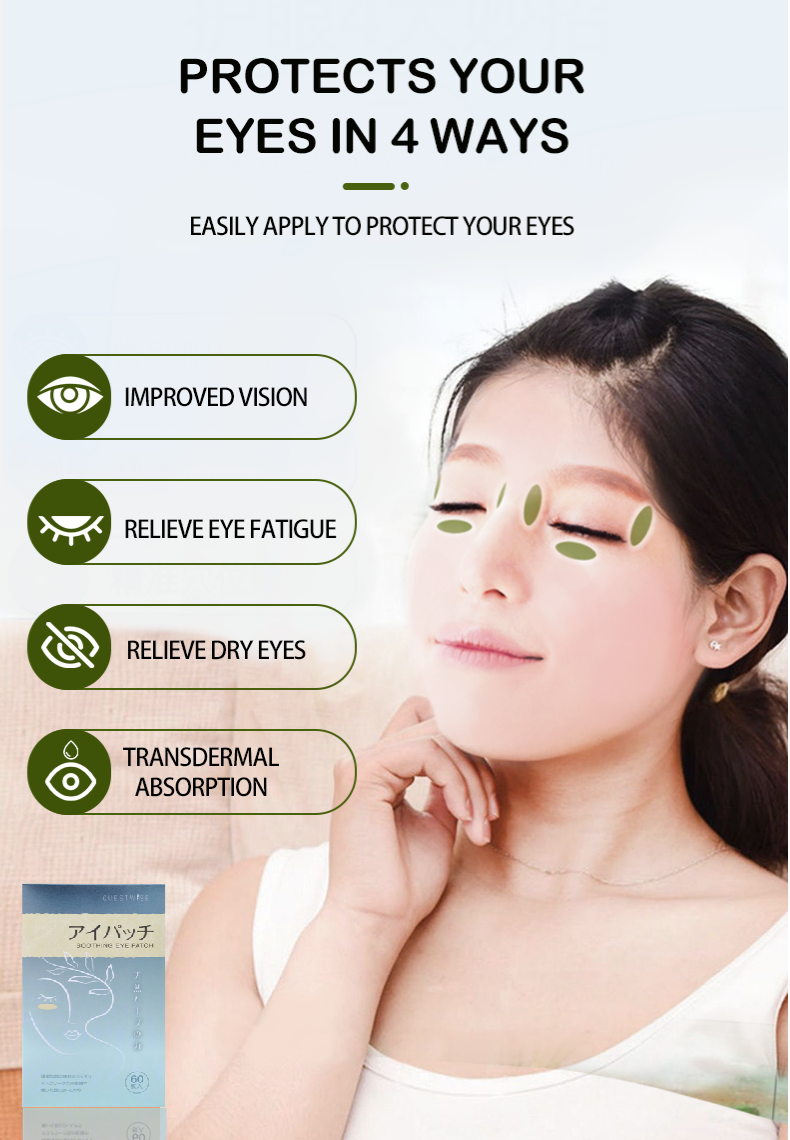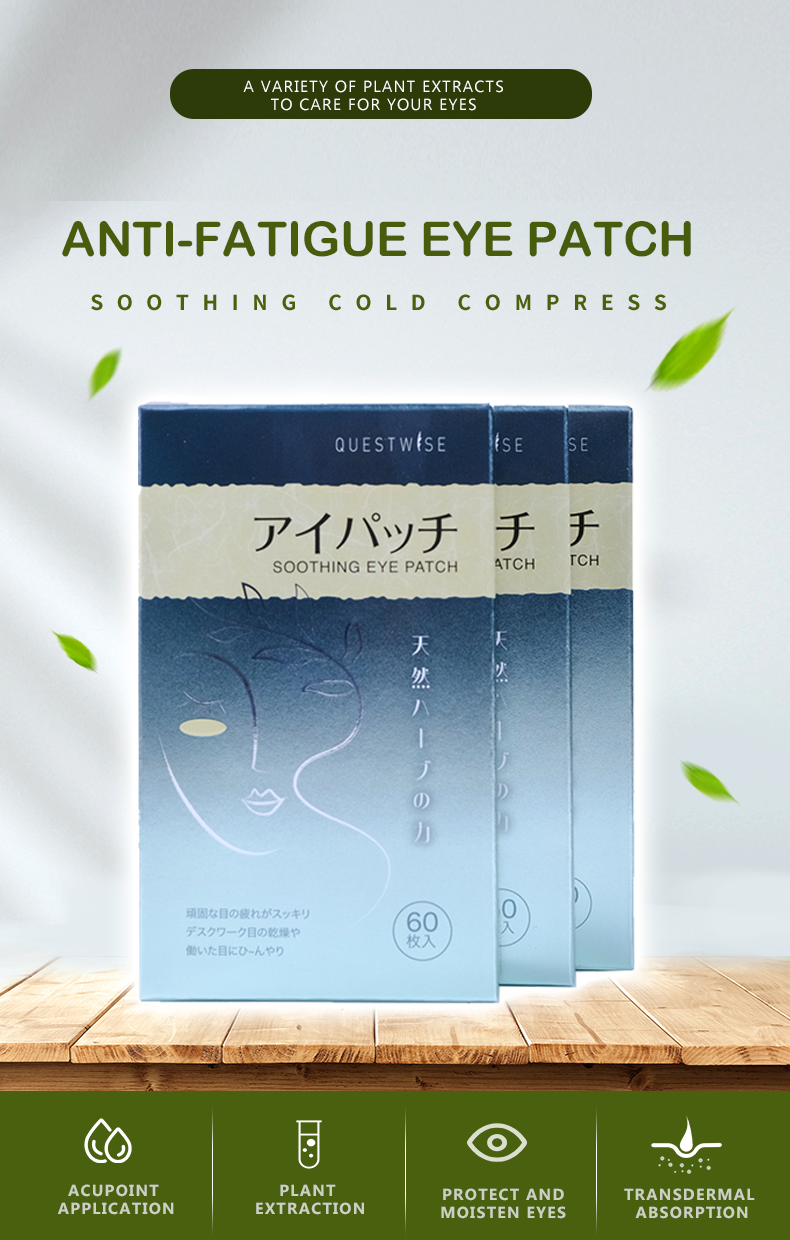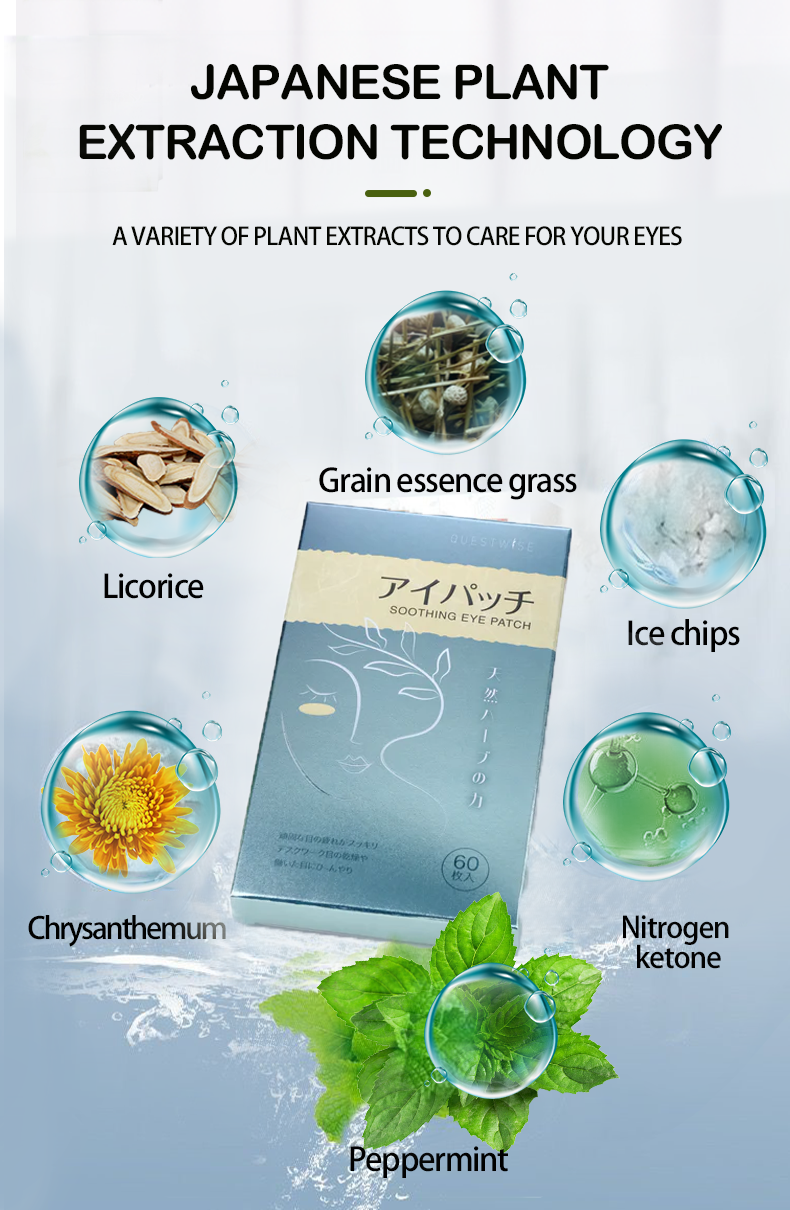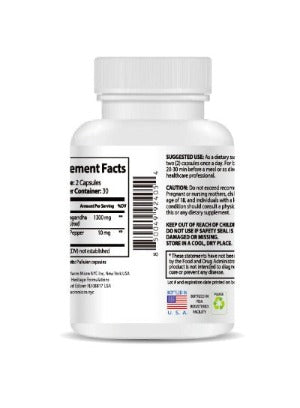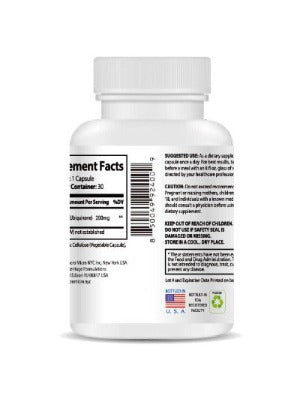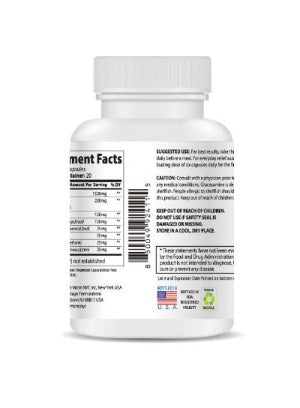Modern Eye Health Crisis: How to Avoid Dry Eye Syndrome in a High-Risk Lifestyle
In today's fast-paced digital world, our eyes are under more strain than ever before. The constant glare of screens, the relentless demands of work and entertainment, and the often-overlooked importance of proper eye care have contributed to a modern eye health crisis. Dry eye syndrome, a common condition characterized by a deficiency in the tear film, is on the rise, impacting millions worldwide. This condition, often overlooked, significantly impacts daily life, leading to discomfort, irritation, blurred vision, and reduced visual acuity. This article delves deep into the modern eye health crisis, exploring its causes, consequences, and, most importantly, providing practical solutions and preventative measures to help you protect your precious vision and avoid the debilitating effects of dry eye.
Understanding Dry Eye Syndrome: A Deeper Dive into the Complexities of Tear Film Dysfunction
Dry eye is not simply about feeling dry eyes; it's a complex condition with diverse causes and varying degrees of severity. It's more than just occasional dryness or irritation; it's a chronic condition that can significantly impact your quality of life. The tear film, a delicate and crucial component of eye health, comprises three layers: the oily outer layer (lipid layer), the aqueous middle layer (watery layer), and the mucous inner layer. Any disruption or imbalance in these layers can lead to dry eye syndrome. This disruption can stem from a lack of sufficient tear production (aqueous deficient), inadequate quality of tears (evaporative dry eye), or a combination of both. The lipid layer, secreted by the meibomian glands in the eyelids, prevents excessive evaporation of the watery layer. The aqueous layer, primarily produced by the lacrimal glands, provides the bulk of the tear film's volume. The mucous layer, produced by goblet cells in the conjunctiva, ensures the proper adhesion of the tear film to the ocular surface.
The symptoms of dry eye can range from mild discomfort to severe irritation, affecting your ability to focus, read, and even drive. Common symptoms include: burning, itching, stinging, a gritty sensation, excessive tearing (paradoxically, due to reflex tearing in response to irritation), blurred vision, light sensitivity (photophobia), eye fatigue, and stringy mucus in the eyes. In severe cases, dry eye can even lead to corneal damage (keratitis), corneal ulceration, and permanent vision impairment. The chronic inflammation associated with dry eye can lead to long-term complications if left untreated.
High-Risk Lifestyles and Dry Eye: Identifying and Mitigating Environmental and Behavioral Factors
Certain lifestyles significantly increase your risk of developing dry eye. These factors often work synergistically, exacerbating the condition's severity. Understanding these high-risk behaviors is the first step in preventing or managing dry eye effectively. These include:
- Prolonged screen time: The ubiquitous presence of digital screens – computers, smartphones, tablets – has dramatically altered our visual habits. Hours spent staring at these devices significantly reduce our blink rate, leading to tear film instability and dryness. The blue light emitted from these screens further contributes to eye strain, irritation, and potential damage to the retina. Studies have linked prolonged screen time to a significant increase in the prevalence of dry eye syndrome, particularly among young adults.
- Dehydration: Insufficient water intake is a common yet easily correctable contributor to dry eye. Adequate hydration is essential for maintaining the proper consistency and volume of tears. The body needs sufficient water to produce quality tears, and dehydration can directly impact tear production and the quality of the tear film.
- Environmental factors: Dry air, wind, air conditioning, and even central heating systems can all significantly impact tear film stability and exacerbate dry eye symptoms. Living in arid climates or working in environments with low humidity increases your risk. Environmental pollutants like dust and smoke can also irritate the eyes and contribute to dry eye.
- Certain medications: Many medications, including antihistamines, decongestants, some antidepressants, and certain blood pressure medications, have dry eye as a listed side effect. If you are taking any medication and experiencing dry eye symptoms, consult your physician or ophthalmologist to discuss alternative options or management strategies.
- Hormonal changes: Fluctuations in hormone levels, particularly during menopause, pregnancy, and postpartum periods, can affect tear production, making women more susceptible to dry eye. Hormone replacement therapy may also influence tear production.
- Age: As we age, our tear production naturally declines, and the quality of our tears often deteriorates, increasing the risk of dry eye. This is due to age-related changes in the lacrimal glands and meibomian glands.
- Underlying medical conditions: Certain autoimmune diseases like Sjögren's syndrome, rheumatoid arthritis, and lupus can significantly increase the risk of dry eye. These conditions directly affect tear production and the immune response of the ocular surface.
Protecting Your Eyes: A Holistic Approach to Preventing and Managing Dry Eye Syndrome
Fortunately, there are proactive steps you can take to mitigate your risk of dry eye and effectively manage existing symptoms. This requires a multifaceted approach, combining lifestyle adjustments with appropriate eye care products and medical interventions when necessary.
- Follow the 20-20-20 rule: For every 20 minutes spent working on a digital screen, look away at an object 20 feet away for at least 20 seconds. This simple technique helps to reduce eye strain and encourage blinking, promoting tear film distribution across the ocular surface.
- Increase hydration: Drink plenty of water throughout the day. Aim for at least eight glasses of water daily to maintain adequate hydration levels. Hydration supports the body's overall function, including tear production.
- Use artificial tears: Consult your ophthalmologist or optometrist about using artificial tears to supplement natural tear production. They can recommend the most suitable type for your specific needs and condition, considering factors such as viscosity and preservative content. Artificial tears are available in various formulations, including lubricating drops, gels, and ointments, offering different levels of moisture and viscosity.
- Manage environmental factors: Use humidifiers, especially during dry seasons or in air-conditioned environments. Wear protective eyewear when exposed to wind or other environmental irritants. Reduce exposure to smoke and air pollution whenever possible.
-
Consider using soothing eye patches: For natural relief from redness, dryness, and strain, explore options like Wise Quest Soothing Eye Patches - 1-Month Care Pack. These patches, made in Japan, offer a full month of natural eye support. They are designed to ease discomfort and promote a healthier tear film.

- Blink frequently: Consciously make an effort to blink more often, especially when focusing on screens. This simple action helps to lubricate your eyes and prevent dryness. Try practicing conscious blinking exercises throughout the day.
- Avoid rubbing your eyes: Rubbing your eyes can irritate them further, potentially worsening dry eye symptoms. This can also introduce bacteria and increase the risk of infection.
- Warm compresses: Applying warm compresses to your eyelids can help to express the meibomian glands and improve the quality of the tear film. This is particularly helpful for people with evaporative dry eye.
- Lid hygiene: Maintaining good lid hygiene is crucial for preventing blockage of the meibomian glands. Gently cleanse your eyelids daily with a mild cleanser to remove debris and bacteria.
- Regular eye exams: Schedule regular comprehensive eye exams to monitor your eye health and detect any potential problems early. Early diagnosis and intervention can prevent complications associated with dry eye.
Wise Quest Soothing Eye Patches - 1-Month Care Pack: A Natural Solution for Dry Eye Relief
The Wise Quest Soothing Eye Patches - 1-Month Care Pack offers a natural and convenient way to address dry eye symptoms. These herbal patches, made in Japan, provide a soothing and refreshing experience, helping to relieve redness, dryness, and strain. The carefully selected herbal ingredients work together to nourish and revitalize the delicate skin around the eyes, promoting a healthier tear film and reducing discomfort. With a full month's supply, these patches offer a convenient and effective solution for daily use. The patches are designed for easy application and comfortable wear, allowing you to incorporate them seamlessly into your daily routine.
Beyond the Basics: When to Seek Professional Help for Dry Eye
While lifestyle modifications and over-the-counter remedies can help manage mild dry eye, persistent or severe symptoms warrant a visit to an ophthalmologist or optometrist. They can perform a comprehensive eye examination, including tear film assessment, to determine the underlying cause and severity of your dry eye. They can also recommend more advanced treatments if necessary, such as prescription eye drops (like cyclosporine or lifitegrast), punctal plugs (to reduce tear drainage), or intense pulsed light (IPL) therapy to treat meibomian gland dysfunction. Early intervention is key to preventing complications and ensuring optimal eye health.
Conclusion: Prioritizing Your Eye Health in the Digital Age
Dry eye syndrome is a serious and increasingly prevalent condition in today's digital age. By understanding the contributing factors and adopting a proactive approach, you can significantly reduce your risk and effectively manage existing symptoms. Remember that consistent effort is key to maintaining healthy eyes and preventing the debilitating effects of dry eye. Incorporate these lifestyle changes and consider the benefits of natural, soothing solutions like the Wise Quest Soothing Eye Patches to safeguard your vision and enjoy comfortable, clear sight for years to come. Consult your ophthalmologist or optometrist for personalized advice and treatment options if you are experiencing persistent dry eye symptoms or any significant vision changes.

